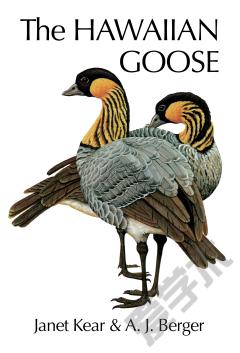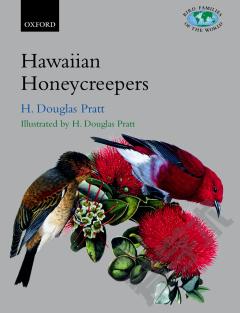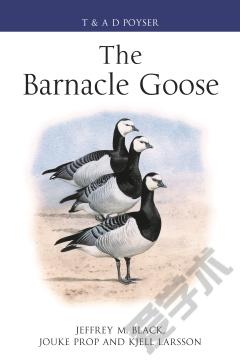The Hawaiian Goose
Dr Janet Kear, Assistant Director of the Wildfowl Trust and Curator Mere Reserve, and Professor Andrew Berger of the University of Hawaii, have written a timely and absorbing account of the recent history of the Hawaiian Goose, or Nene, its descent to near extinction, its elevenand current restoration to the wild. The species declined from an estimated population of 25,000 in Hawaii in the 18th century to less than fifty birds in the 1940s. Today, thanks largely to the extended breeding programmes at Slimbridge and Pohakuloa, there are probably more than 2000 Hawaiian Geese in the world. The achievement is justly applauded and well-known, but whether this impressive experiment in conservation has been truly successful will not be clear until it becomes evident that the released birds can maintain a breeding population in the wild. As the authors explain, the outcome is far from predictable. The causes which led to the species' decline and the hazards and difficulties faced by the reintroduced population are discussed at length, but tbook is the propagation programmes at Slimbridge and Pohakuloa, and the problems and successes they brought during many years of patient work. For the conservationist and aviculturalist the accounts of captive breeding under headings such as infertility, diet, longevity, mortality and the effects of foster mothers, geographical latitude and genetic strain, will be essential reading. Appropriately, Sir Peter Scott, whose interest and involvement in the rescue of the Hawaiian Goose was of prime importance, is one of the artists whose drawings supplement the text. There is also a colour frontispiece and 24 monochrome plates.
{{comment.content}}








 京公网安备 11010802027623号
京公网安备 11010802027623号